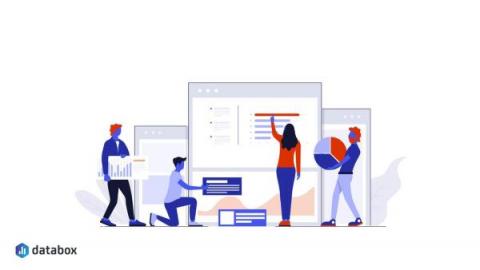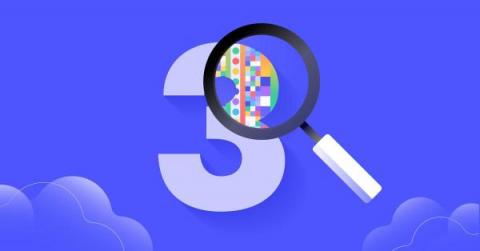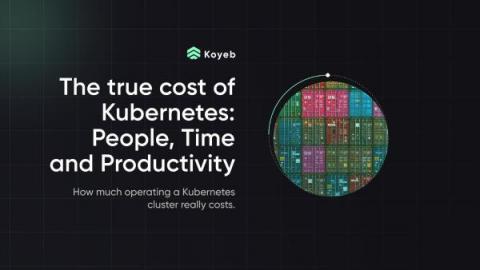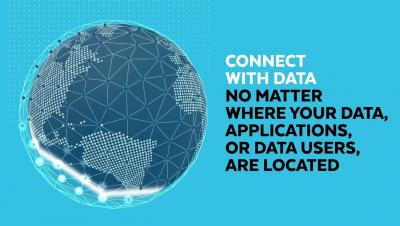Systems | Development | Analytics | API | Testing
Cloud
How to Price Your SaaS Product: 9 Tips to Get Started
Three reasons you need modern cloud analytics now
Data is everywhere. As the sheer volume and number of data sources continue to explode, so do new opportunities for modern businesses to create and act on insights. That is if they are equipped with the right analytics technology. Historically, many businesses have settled for “good enough” analytics tools, putting up with lackluster bundles from full-stack vendors in an attempt to minimize cost or risk.
The true cost of Kubernetes: People, Time and Productivity
While writing a comparison of Kubernetes and Koyeb, we tried to determine how much operating a Kubernetes cluster really costs. This section of our comparison took us hours to write and ended up being so long that we decided to write a dedicated post about it. Full disclaimer: At Koyeb, we're building a serverless platform and we have a purpose-built orchestration engine.
The Next Generation of Cloud Connectivity: Apache Kafka, API Gateway and Service Mesh
Let’s boldly go where no one has gone before. Get ready, Star Trek fans! Jean-Luc Picard will be representing our microservice. Once we have Jean-Luc in our ship (microservice in production), what happens on day 2? We still need to add authorization, load balancing, rate limiting, etc. With an API gateway, like Kong Gateway, you don’t have to know how to do this because a set of program components, called plugins, allow you to implement this without any problem.
Data Goes Around The World In 80 Seconds With Snowflake
PostgreSQL to Amazon Redshift: 4 Ways to Replicate Your Data
How To Overcome Hybrid Cloud Migration Roadblocks
The Cloudera Enterprise Data Maturity Report is a global survey of 3,150 business and IT decision makers assessing organizations’ maturity when it comes to their current capabilities and handling of data and analytics.
Top 3 CloudOps Priorities for 2022, from Hitachi Vantara & AWS
As an estimated 92% of enterprises have adopted hybrid and multicloud strategies, according to the 2021 State of the Cloud Report from Flexera, cloud operations (CloudOps) teams face increasing pressure to simultaneously manage costs while improving business outcomes. What levers can CloudOps teams pull to achieve operational objectives such as reducing hybrid and distributed cloud complexity, enhancing security, and automating processes?
Will cloud ecosystems finally make insight to action a reality?
For decades, the technologies and systems that deliver analytics have undergone massive change. What hasn’t changed, however, is the goal: using data-driven insights to drive actions. Insight to action has been a consistent vision for the industry. Everyone from data practitioners to technology developers have sought this elusive goal, but as Chief Data Strategy Officer Cindi Howson points out, it has remained unfulfilled — until now.










